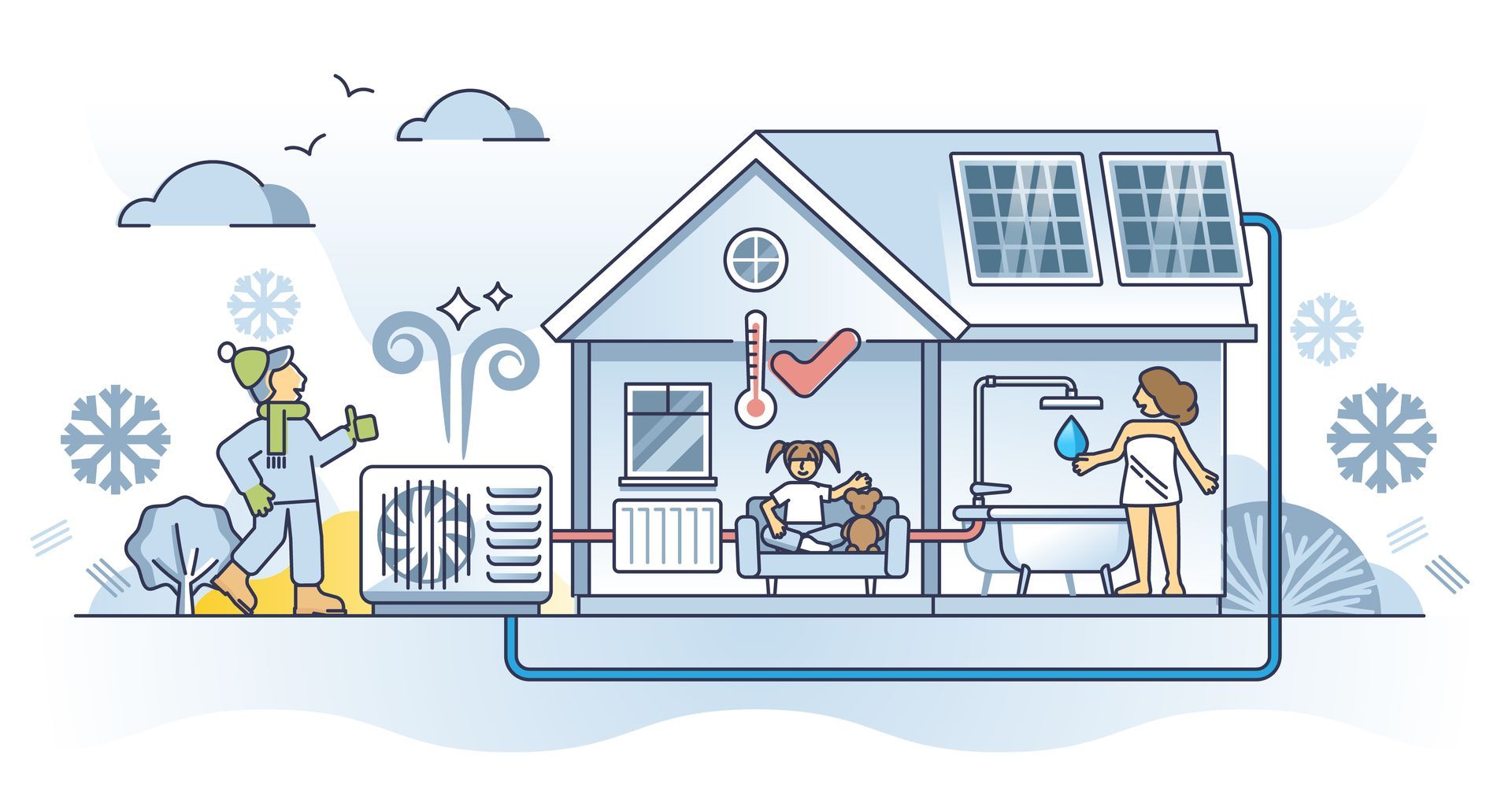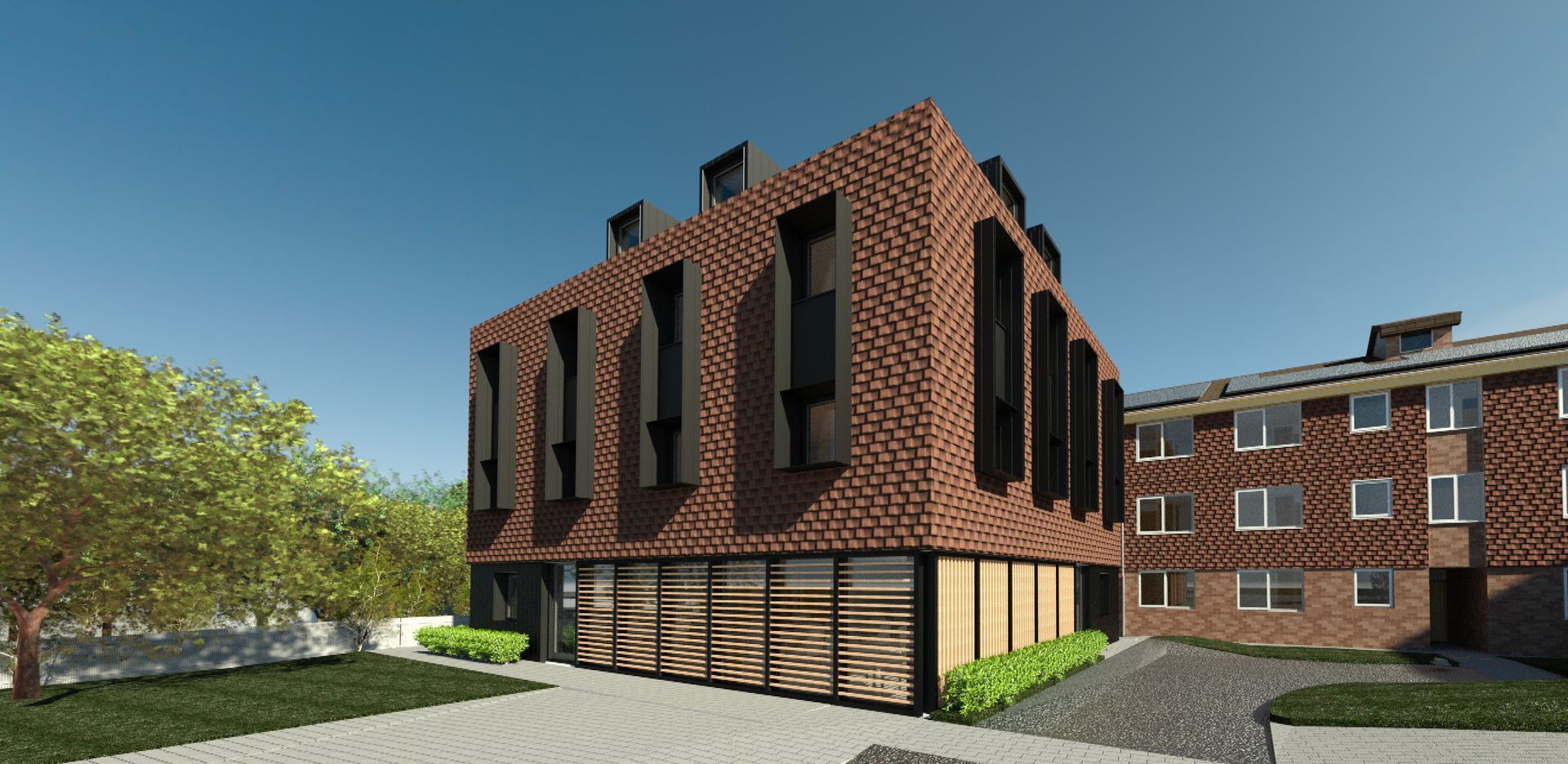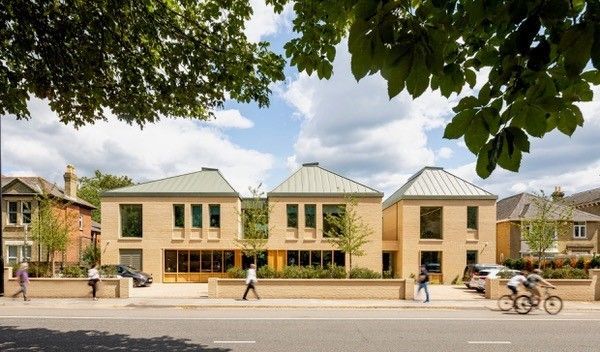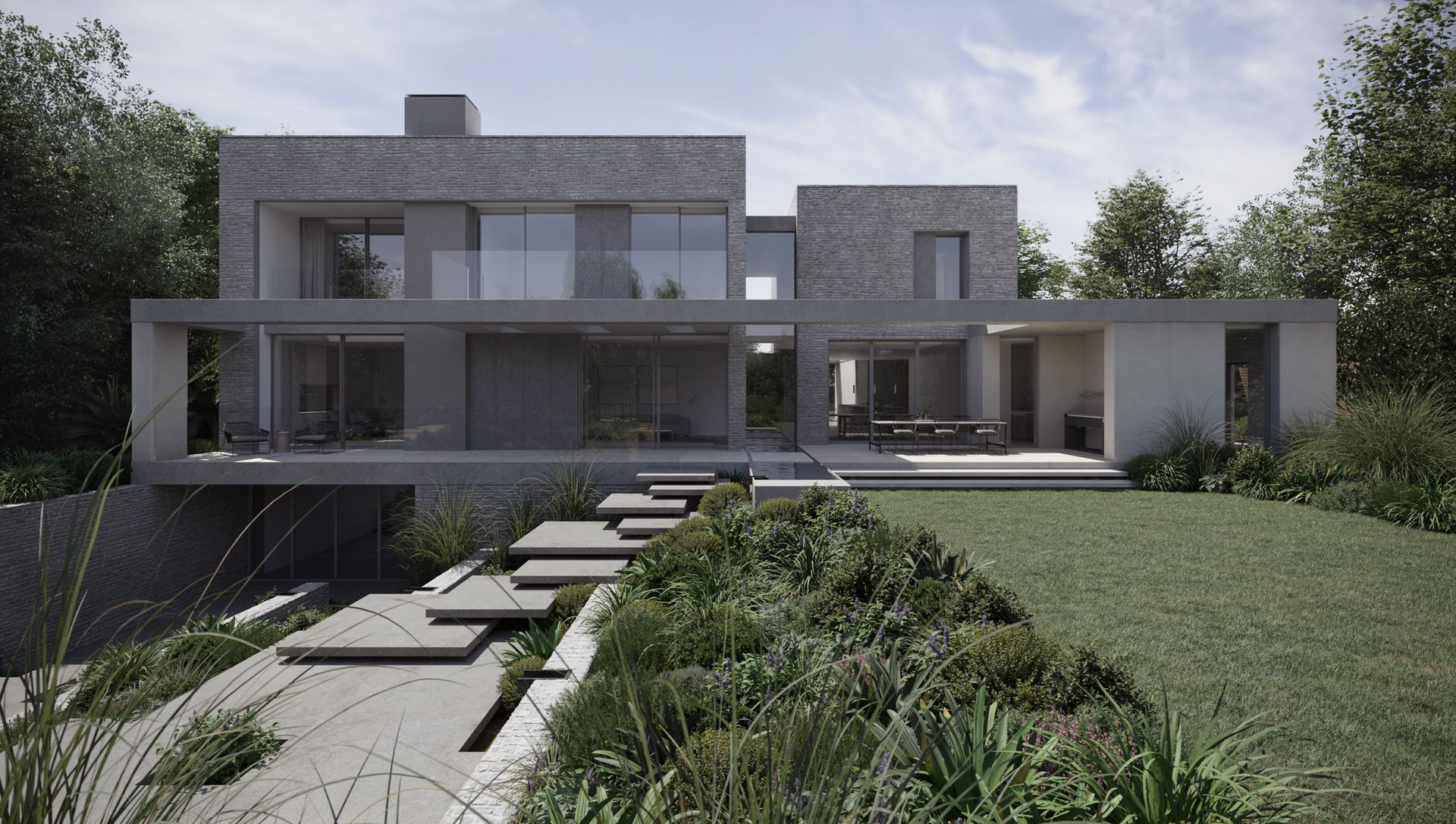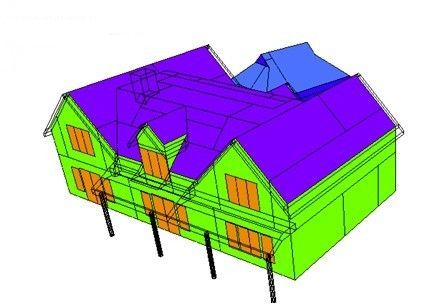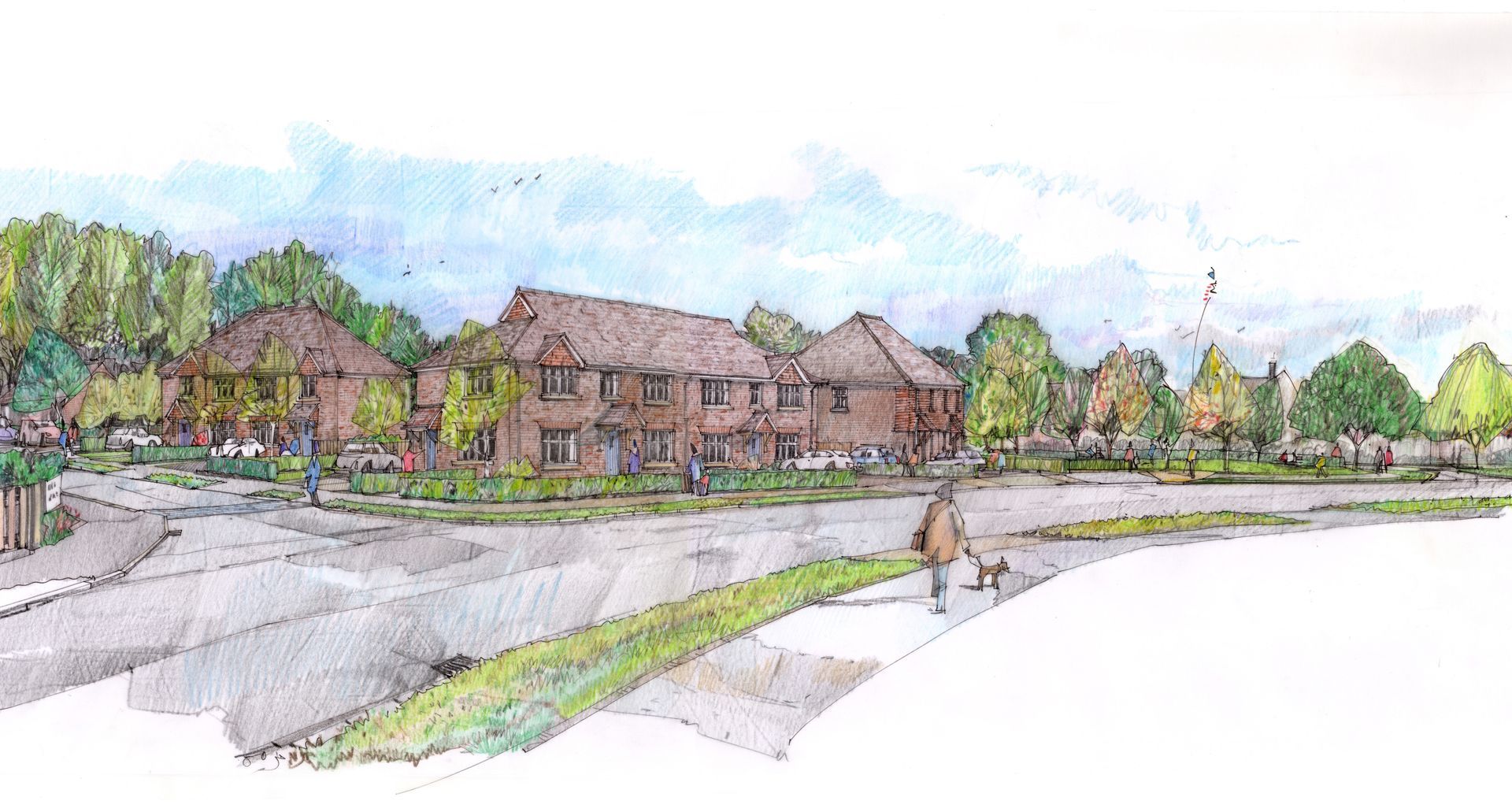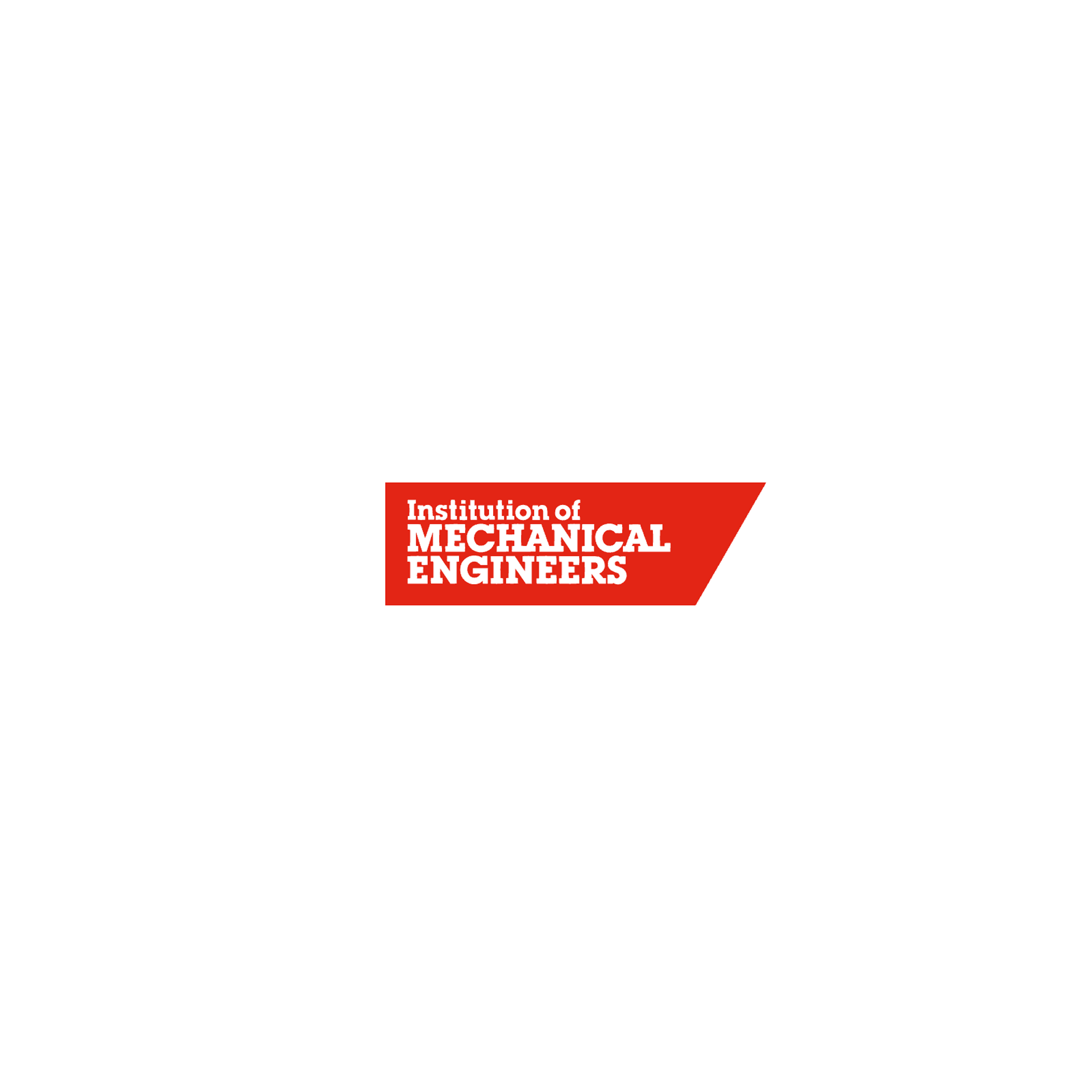Renewable energy and sustainable building: Just how effective are air source heat pumps in the UK?
In the past few years we’ve seen a rapid increase in the number of air source heat pumps installed throughout the UK, in commercial and residential buildings. Many people are saying that the heat pump is a worthy replacement for more traditional systems such as gas-fired combi boilers. The primary benefit of an air source heat pump is that it doesn’t rely on fossil fuels to heat water.
Heat pumps work by extracting heat from the outside air and using a process of heat exchange to provide hot water to heat radiators and taps, even if the outside air temperature is below 0°C. But some argue that heat pumps aren’t effective in the UK climate, and present additional challenges such as noise, cost, installation and time to heat.
So, we must ask, how effective are air source heat pumps in the UK? Let’s break this down into some easily understandable deciding factors.
Insulation:
The effectiveness of an air source heat pump is closely linked to the insulation of your home. As with traditional boiler-fed systems, if your home is poorly insulated, the heat produced by the heat pump may escape through the walls, roof, and windows, reducing its overall efficiency. With myriad insulation options available to homeowners, it’s important to ensure that your home is set up to retain as much heat as possible.

Climate: Air source heat pumps work best in areas with milder winters. In the UK, they are most effective in the south and west, where temperatures rarely drop below freezing. In colder areas, a bigger heat pump may be required to meet the heating loads on the coldest days of the year.
System size: The size of the heat pump system you install will determine the heating output. If you choose a system that is too small for your home, it may struggle to provide enough heat, especially in colder weather. A system that is too large may be inefficient and cost more to run than is necessary. Therefore, it’s important to seek professional advice before installation, particularly in a country where residential dwellings come in all shapes and sizes.
Reverse Cooling: Air source heat pumps can provide comfort cooling as well as heating. They will require fan coil units (FCU) to distribute the cold air into the required rooms. This can be done by operating the heat pump in reverse mode. Alternatively, if there is a second buffer vessel to store the cold water they can provide heating and cooling simultaneously. This is an important consideration as we see more contrasting weather conditions between winter and summer due to climate change.
Installation: In some cases, it may be necessary to upgrade pipework or increase the size of a property’s radiators (due to heat pumps heating water more slowly than gas-fired boilers). This could increase your installation costs and cause disruption during the installation process. Again, consult a professional to ensure that your existing hardware can suitably accommodate the addition of a heat pump.
Noise: The heat pump itself does emit running noise. Whilst not loud, it’s important to consider where to install it. Patios, side alleys and concrete slabs away from bedrooms are all popular solutions. Terraced homes, flats or older properties may present challenges when it comes to positioning the pump.
Cost: Now, the cost of an ASHP is not particularly variable from country to country, but it’s important to remember that the UK is facing an energy crisis much greater than seen elsewhere in Europe. If we are to continue to see unreasonable energy prices in the domestic market, then an ASHP may be a viable option to gradually bring down your household energy bills, but this will take some time when you consider the cost of installation.
Net zero targets: Arguably, the most important factor of all. If we are to meet our steep net zero targets as a country, we must all play our part in reducing our carbon emissions and reliance on fossil fuels. ASHPs generate significantly fewer carbon emissions compared to traditional fossil fuel heating systems. By switching to an ASHP, homeowners can reduce their carbon footprint and contribute to the UK's efforts to combat climate change.
To summarise, air source heat pumps can be an effective heating and cooling solution in the UK, especially in milder areas with well-insulated homes. However, it's important to choose the right size and type of system for your needs, and to have it installed and maintained by a qualified professional.
If you’re in the early stages of a domestic building project or are an architect seeing more and more clients specifying air source heat pumps (or ground source heat pumps), get in touch with Mesh today and see the value that an energy consultancy can bring to your project.


